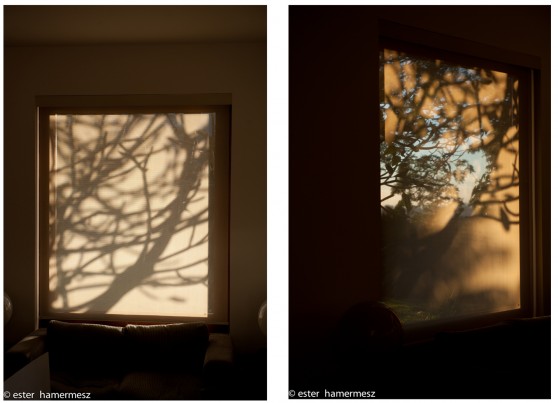BARCELONABUENOSAIRES
We all have our own reasons to travel- I like the discovery of exceptional architecture, museums, gourmet food, unique food recipes and of course, to meet people, see art, learn the local culture. I just came back from a wonderful trip to Barcelona where I discovered a few architectural similarities with Buenos Ayres.
Barcelona and Buenos Aires have a surprising quantity and quality of architectural works. Barcelona- has Gaudí, Domenech I Montaner, Pinon and Viaplana and the new ultra modern buildings; Buenos Ayres has a number of well preserved historic buildings and also some beautiful decaying ones, but also brand new contemporary architecture by the hand of skillful AFT Architets in addition to delightful urban renewal projects. The two cities also have similar museums by different architects. I’m speaking of MALBA in B.A. , home of the Costantini Collection, designed by AFT + Partners (Atelman, Fourcade and Tapia architects ) and MACBA IN BARCELONA – MUSEU D’ART CONTEMPORANI DE BARCELONA, by Richard Meier.
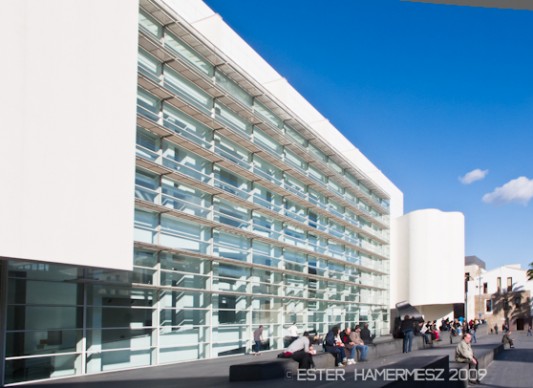
- MACBA façade and square
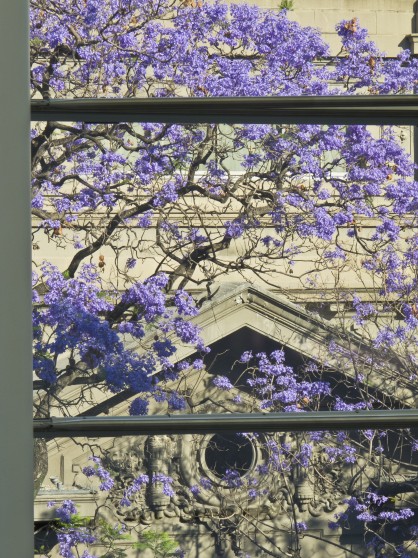
- MALBA- Jacarandas that surround it
- Both museums are lavishly illuminated by daylight, though MACBA has a darker entrance and it gets lighter as you move inside the central hall.

- MACBA interior

- MALBA- interior
- Both have beautiful bright structures, (MALBA’s exterior is light beige and Richard Meier’s work, of course, is white). Both have extensive glass curtain walls, very transparent look alikes. They both treat their internal spaces in almost the same manner. Both museum’s internal space receive a lot of light coming from the long side of the curtain wall and the exhibition halls are housed on the other side that is sheltered from light. One uses ramps to access its floors while the other uses escalators. Both structures have treated the access to the floors in the same manner, placing the ramps or escalators it along the longest side of the building. MACBA faces a square with lots of access ramps that attracts skateboarders of all expertise levels. MALBA looks onto a busy avenue on one side and an old building on the other. Their floor plan is a long and narrow, incredibly similar (MALBA has a trapezoid floor plan and MACBA is rectangular), with a central brightly sunlit well modulated by louvers and long ramps to access each floor. Externally, Richard Meier’s curved attached volumes are impressive, as if the long box had received a “bit” of Gaudí, perhaps to remind you you’re in Barcelona. These curvaceous modules are there to visually connect the building its older area where it sits. AFT’s building has a glass curtain wall with mesmerizing reflexes.
B.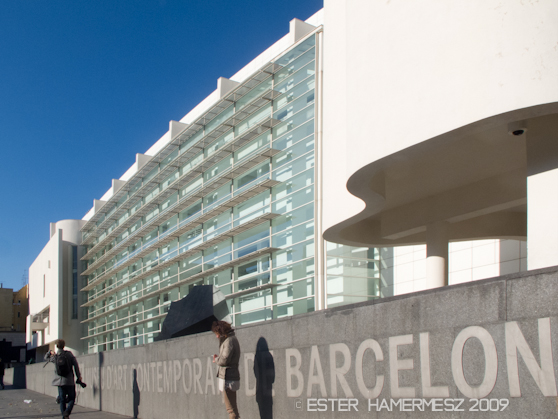
- MACBA- view from the square
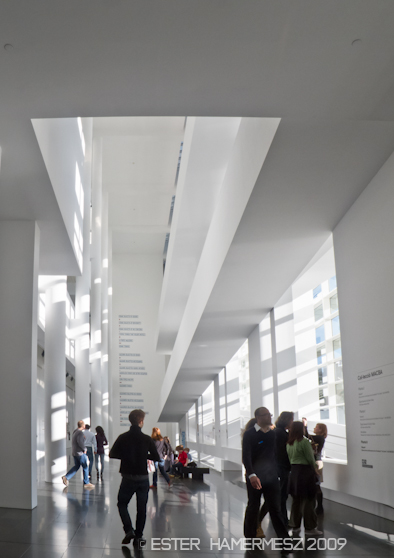
- MACBA- entering the main hall

- MALBA- the beautiful reflexes
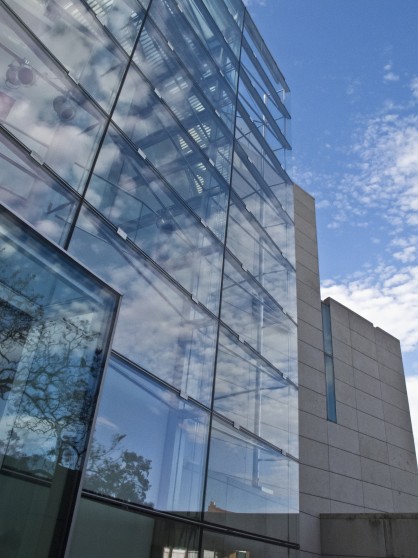
- MALBA- curtain wall reflexes
I believe no architect fully predicts the wonderful sensations they provoke with the space they create – or all the colors and the shadows the spectator will see at given moment. As you walk up the ramps of MACBA you are bathed in a dance of constructive art of shadow and light projected by the building’s structure. Both buildings delight the spectator with the quantity of natural light. Richard Meier’s intention was to create an intermediate shadow zone between the full light of the window and the darkness of the closed halls. But the overall impact is much more impressive than the original intent.
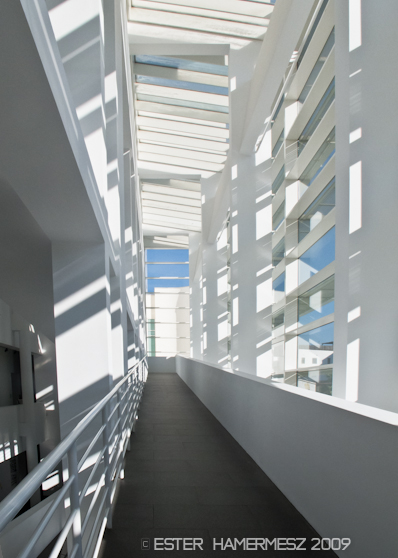
- MACBA- access ramp to floors
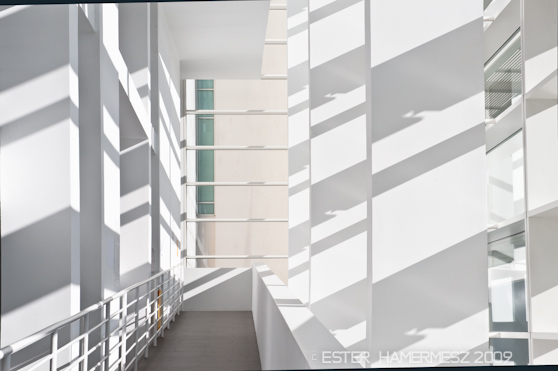
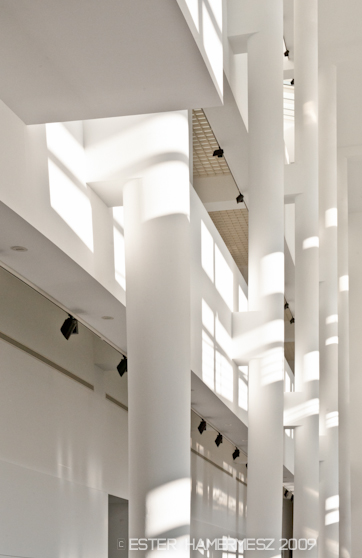
- MACBA- exhibit halls are located on this side
Richard Meier’s structure seems very light because of its white brightness, characteristic of the author’s signature, while AFT’s has a genuine geometric light structure that is fascinating.
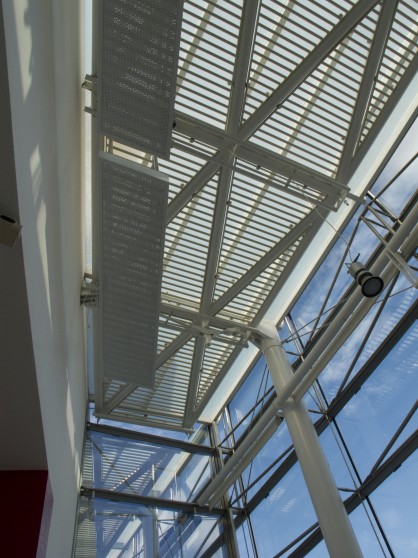
- MALBA- light structure
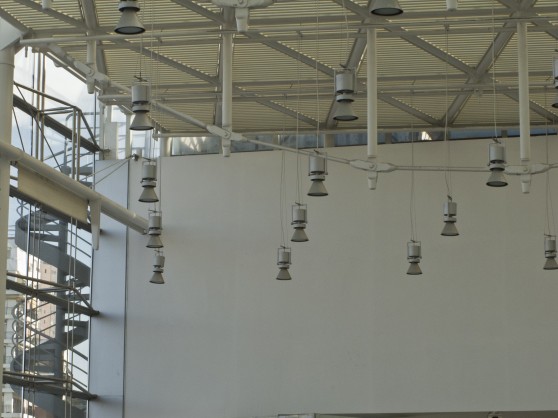
- MALBA- structure and lighting
MALBA has a “plus” that can only be fully appreciated during summer. – at the end of November, beginning of December when the Jacaranda trees of Buenos Aires are in blossom, MALBA is surrounded by these trees and the building almost “smiles” with the blossoms shining and reflecting from its curtain wall. This doesn’t happen to the museum in Barcelona because the square is very void of vegetation. 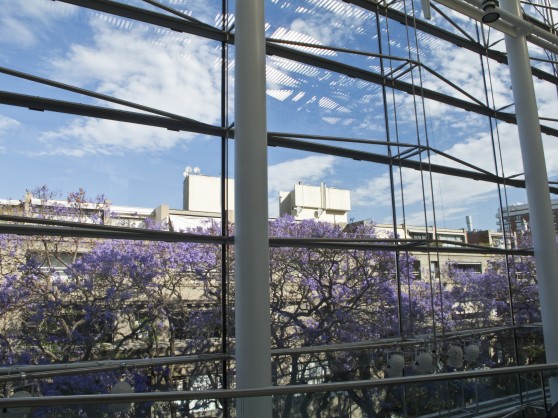 Both museums are impeccably curated. When I visited MALBA last year there was a complete and entertaining retrospective of Marta Minujin. MACBA is showing Muntadas and an impressive work by Anri Sala. The film: 1395 Days Without Red- a collaborative project between Sejla Kameric and Anri Sala. The film is about the siege of Sarajevo that lasted 1395 days. During that period between 1992 and 1996 any citizen crossing town was threatened to be shot down by snipers and every time they reached a corner they had to hold their breath and hope they would make it to the other side of the street alive. The camera follows a woman going across town, stopping at each corner, trying to reach the rehearsal of the orchestra she is part of. As she walks she rehearses the piece in her head and hums the concert while walking through the treacherous streets. It’s an unforgettable film- just like the museum showing it!
Both museums are impeccably curated. When I visited MALBA last year there was a complete and entertaining retrospective of Marta Minujin. MACBA is showing Muntadas and an impressive work by Anri Sala. The film: 1395 Days Without Red- a collaborative project between Sejla Kameric and Anri Sala. The film is about the siege of Sarajevo that lasted 1395 days. During that period between 1992 and 1996 any citizen crossing town was threatened to be shot down by snipers and every time they reached a corner they had to hold their breath and hope they would make it to the other side of the street alive. The camera follows a woman going across town, stopping at each corner, trying to reach the rehearsal of the orchestra she is part of. As she walks she rehearses the piece in her head and hums the concert while walking through the treacherous streets. It’s an unforgettable film- just like the museum showing it!
